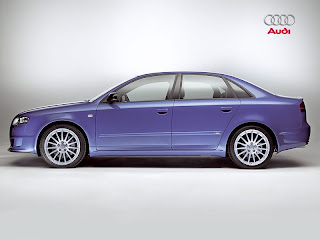
Acumentrics Corporation, a leading developer of solid-oxide fuel cells and uninterruptible power supplies, has won a 2007 New England Innovation Award from SBANE, the Smaller Business Alliance of New England for their novel solid oxide fuel cell.
Acumentrics manufactures 5000-watt solid oxide fuel cell systems (SOFC) for power applications. They are also developing combined-heat-and-power units (which are like boilers that produce electricity) for the home market. In 2000 they acquired a novel fuel cell technology. Since then, they have increased the output of a single fuel cell tube from 1 watt to 60 watts. Today they have over 30 units working in the field, including ones that power visitorÂ’s centers at Exit Glacier National Park in Alaska, and Cuyahoga National Park in Ohio.
One of their key innovations was making ceramic fuel cell technology shatter resistant. It is shatter resistant because of its shape — it is a tube, not a thin sheet as most others have used –with a special composition of layers that prevents them from flaking off. Solid oxide fuel cells must handle temperature swings from 20 to 800ºC. Many other solid oxide fuel cells crack when they are cycled on and off, because of thermal shock.
But what really makes Acumentrics different is that they aren’t waiting around for the mythical hydrogen economy. The fuel cells run on natural gas, propane, ethanol, diesel, biogas, and biodiesel. While using non-hydrogen fuel means that the cell will produce CO2, Acumentrics fuel cells consume half as much fuel as a comparable small-engine generator, per kW. So they produce the same amount of electricity, while consuming half as much fuel, and producing half as much CO2.
Via: Treehugger




 The MM NMG (EVX WTF really is a better name) is officially classified as a motorcycle, but it’s got all the comforts of a car. The top speed is 70 mph and it’s 100% electrically powered. Plus, the entire car is "built for safety" a feature that you won’t see on many motorcycles. That’s the good news.
The MM NMG (EVX WTF really is a better name) is officially classified as a motorcycle, but it’s got all the comforts of a car. The top speed is 70 mph and it’s 100% electrically powered. Plus, the entire car is "built for safety" a feature that you won’t see on many motorcycles. That’s the good news.  So far, its unique design has only brought it one success…a role in Austin Powers’ Goldmember. Their website ensures prospective buyers that they’ll get more attention in an NMG than in a $100,000 sports car (a
So far, its unique design has only brought it one success…a role in Austin Powers’ Goldmember. Their website ensures prospective buyers that they’ll get more attention in an NMG than in a $100,000 sports car (a 


 The innovation here is called the ‘heliotube.’ It’s a tube of glass that concentrates the sun’s rays onto a very thin strip of silicon solar panels at the base of the tube. The tube is then connected to a frame in blocks, and the frame uses the power coming off the panel to tilt the tubes to track the sun. These panels use 88% less photovoltaic material, but are almost as efficient per square foot as traditional solar panels.
The innovation here is called the ‘heliotube.’ It’s a tube of glass that concentrates the sun’s rays onto a very thin strip of silicon solar panels at the base of the tube. The tube is then connected to a frame in blocks, and the frame uses the power coming off the panel to tilt the tubes to track the sun. These panels use 88% less photovoltaic material, but are almost as efficient per square foot as traditional solar panels.


